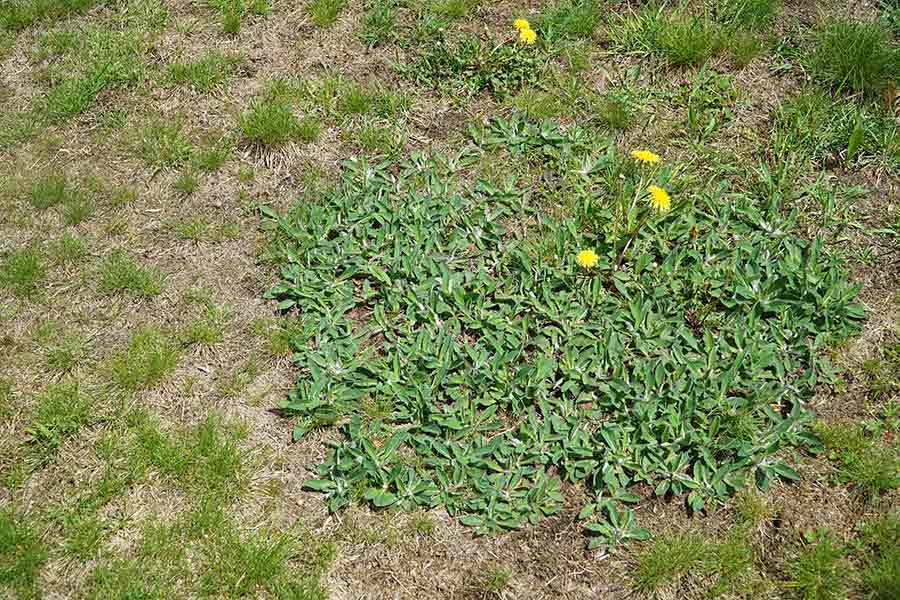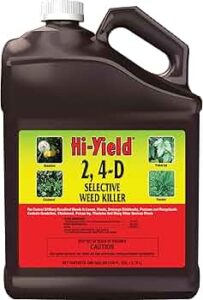Broadleaf Weeds, Broadleaf weeds are among the most common and persistent types of weeds found in gardens, lawns, and agricultural fields. Recognizable by their wide, flat leaves, broadleaf weeds can quickly invade and dominate areas, outcompeting desirable plants for resources. In this article, we will explore the characteristics of broadleaf weeds, their impact on ecosystems, and effective management strategies.
Identifying Broadleaf Weeds
Broadleaf weeds come in various shapes and sizes, making them relatively easy to identify. Here are some common types of broadleaf weeds:
- Dandelion (Taraxacum officinale): Known for its yellow flowers and puffball seed heads, the dandelion is a perennial weed that spreads quickly through seeds and root systems.
- Plantain (Plantago major): This weed has a rosette of broad leaves and tall flower spikes. It is often found in lawns and disturbed areas.
- Chickweed (Stellaria media): Chickweed has small, oval leaves and can spread rapidly in cool, moist conditions, forming dense mats that smother other plants.
- Clover (Trifolium spp.): While often considered beneficial for its nitrogen-fixing properties, clover can also invade lawns and gardens if left unchecked.
- Thistle (Cirsium spp.): Thistles have spiny leaves and can produce a large number of seeds, making them highly invasive.
Impact of Broadleaf Weeds
Broadleaf weeds can have significant impacts on both agricultural and residential landscapes. Some of the primary concerns include:
- Competition for Resources: Broadleaf weeds compete for sunlight, water, and nutrients, which can hinder the growth of cultivated plants. This competition can lead to reduced crop yields in agricultural settings.
- Pest and Disease Hosts: Many broadleaf weeds can harbor pests and diseases, creating additional challenges for gardeners and farmers. Some weeds serve as reservoirs for insects that can spread to crops, while others may host diseases that affect plant health.
- Reduced Aesthetic Appeal: In lawns and gardens, broadleaf weeds can detract from the visual appeal of the landscape. Homeowners often seek to control these weeds to maintain a pristine appearance.
Managing Broadleaf Weeds
Effective management of broadleaf weeds requires a combination of cultural, mechanical, and chemical strategies:
- Cultural Control: Maintaining healthy lawns and gardens can reduce the chances of broadleaf weed invasion. Practices such as proper mowing, watering, and fertilization can promote vigorous growth of desirable plants, making it harder for weeds to establish.
- Mechanical Control: Hand-pulling, hoeing, or using tools like a weeding fork can effectively remove broadleaf weeds, particularly in smaller areas. It’s essential to remove the entire root to prevent regrowth.
- Chemical Control: Herbicides can be effective in controlling broadleaf weeds. Selective herbicides target specific types of plants, allowing desired grasses to thrive while eliminating weeds. It’s crucial to follow application instructions carefully to minimize environmental impact and protect non-target species.
- Mulching: Applying a layer of mulch can suppress weed growth by blocking sunlight and preventing seed germination. Organic mulches, such as wood chips or straw, also improve soil health as they decompose.
- Regular Monitoring: Regularly inspecting gardens and lawns for early signs of broadleaf weed infestation allows for timely intervention, making control more manageable.
Conclusion
Broadleaf weeds can pose challenges in various settings, but with proper identification and management strategies, it is possible to control their growth effectively. By adopting a holistic approach that combines cultural practices, mechanical methods, and chemical controls, gardeners and farmers can maintain healthy, productive landscapes. Understanding the nature of broadleaf weeds and their impact is the first step toward effective management and fostering a thriving environment for desirable plants.
You Might Also Like These:



